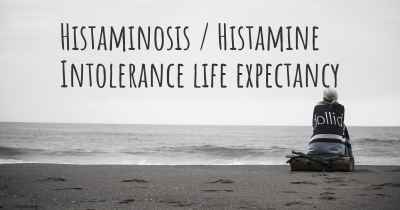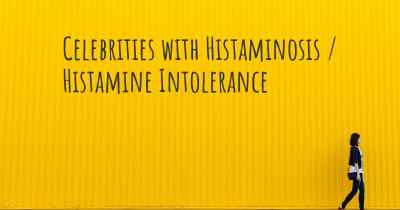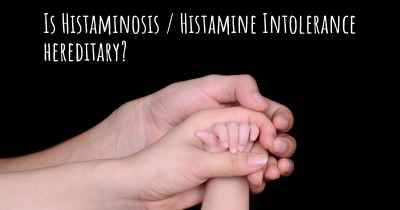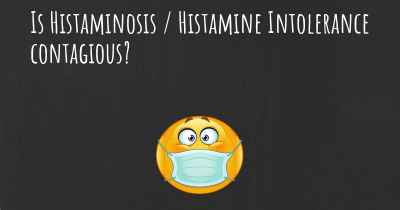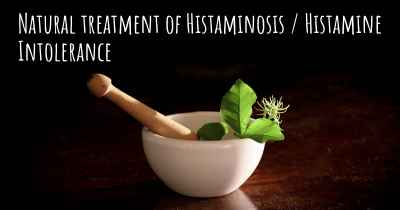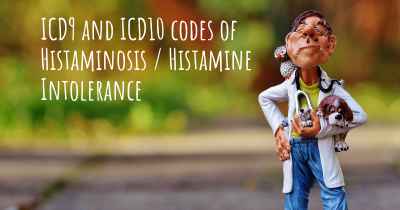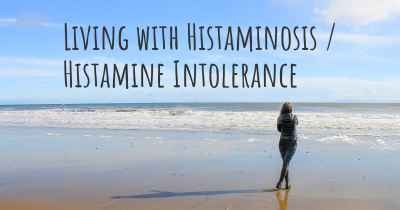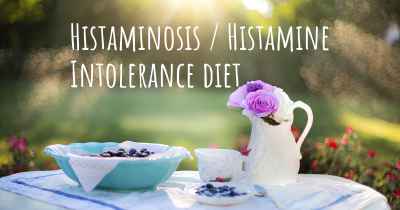What are the latest advances in Histaminosis / Histamine Intolerance?
Here you can see the latest advances and discoveries made regarding Histaminosis / Histamine Intolerance.
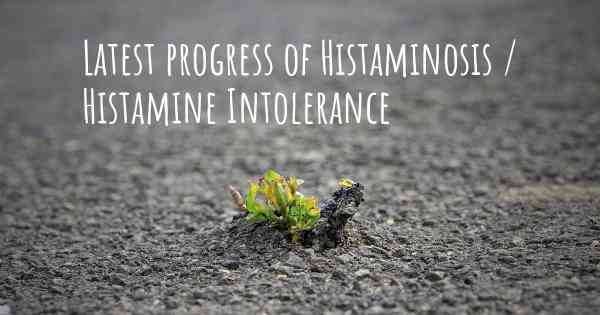
Histaminosis, also known as histamine intolerance, is a condition characterized by an impaired ability to break down histamine, a compound naturally produced by the body. When histamine levels exceed the body's capacity to metabolize it, various symptoms can arise, including headaches, digestive issues, skin problems, and respiratory difficulties. While histaminosis is not yet fully understood, there have been several recent advances in research and treatment options.
1. Improved Understanding of Histaminosis
Recent studies have shed light on the underlying mechanisms of histaminosis, providing a better understanding of the condition. Researchers have identified genetic variations that can affect the activity of enzymes responsible for breaking down histamine, such as diamine oxidase (DAO) and histamine N-methyltransferase (HNMT). These genetic factors can contribute to histamine intolerance and help explain why some individuals are more susceptible to the condition.
2. Diagnostic Tools and Testing
Advancements in diagnostic tools have made it easier to identify histaminosis. Healthcare professionals can now utilize specific blood tests to measure DAO activity and histamine levels, helping to confirm the diagnosis. Additionally, comprehensive questionnaires and symptom checklists have been developed to assess the likelihood of histamine intolerance, aiding in the diagnostic process.
3. Dietary Approaches
Dietary modifications play a crucial role in managing histaminosis. Recent research has highlighted the importance of following a low-histamine diet, which involves avoiding or minimizing the consumption of histamine-rich foods such as aged cheeses, fermented products, cured meats, and certain vegetables. Additionally, it is recommended to limit the intake of foods that trigger histamine release, such as alcohol, citrus fruits, and nuts. By adhering to a low-histamine diet, individuals with histaminosis can experience a significant reduction in symptoms.
4. Supplementation and Medications
Supplementation with specific nutrients and medications can help manage histaminosis. DAO supplements have been developed to support the breakdown of histamine in the digestive system, reducing the likelihood of symptoms. Other supplements, such as vitamin C and vitamin B6, have shown promise in improving histamine metabolism. In more severe cases, antihistamine medications may be prescribed to alleviate symptoms and provide relief.
5. Gut Health and Microbiome
Emerging research suggests a link between histaminosis and gut health. The gut microbiome, the collection of microorganisms residing in the digestive tract, plays a crucial role in histamine metabolism. Imbalances in gut bacteria can lead to increased histamine production or impaired histamine breakdown. Probiotics and prebiotics have shown potential in restoring gut health and improving histamine intolerance symptoms. Further studies are underway to explore the intricate relationship between the gut microbiome and histaminosis.
6. Awareness and Patient Support
Increased awareness of histaminosis has led to improved patient support and resources. Online communities, support groups, and educational materials are now available to help individuals navigate their condition. Healthcare professionals are also becoming more knowledgeable about histaminosis, enabling them to provide accurate diagnoses and tailored treatment plans.
In conclusion, recent advances in the understanding and management of histaminosis have provided hope for individuals suffering from this condition. Improved diagnostic tools, dietary approaches, supplementation options, and a growing understanding of the gut microbiome's role have all contributed to better outcomes for patients. With ongoing research and increased awareness, the future looks promising for those affected by histaminosis.
